So how did you answer the quiz yesterday? To all that commented, thanks, I enjoyed reading your replies. I see these questions as possible differentiators; you might be able to tell something about someone depending on their answers. Just a theory, though, and I’m sure there will be any number of people who will disagree – I’d love to hear other ideas. Anyway, these questions I find fun to test out on people, and I hope more of you will post your or others’ answers. If someone does a serious test for correlations, awesome!
RGB or RYB? Well, of course it’s RGB if you’re in computer graphics at all. I find this an interesting question to ask anyone. I think this question used to be a differentiator for computer graphics person vs. everyone else. RYB is what we learnt in school, the subtractive primaries used for paints, while RGB are the additive primaries used for lights. But with general computer and screen knowledge increasing, and a growing number of artists using computer programs, maybe this one is more technophile vs. technophobe?
+Y or +Z? For me, this used to be computer artist vs. CAD user, and maybe still is. SGI and Wavefront were definitely +Y, using the same model and world space up as view space up. For architects the plan view is an X/Y 2D sort of thing, so +Z is then extruding the plan view into 3D. This is certainly how AutoCAD’s file format evolved, starting out in 2D. Update: more about this topic here.
Green-yellowish or red-orangish? Chartreuse is green-yellow. I think this one can differentiate men from women, excluding liqueur-drinkers and people from France. All women I asked have chosen the right answer, as it’s a fabric color; a majority of men have not (including me). Interestingly enough, Crayola got this one wrong originally, in 1972, later renaming their color atomic tangerine. For more pretty entertaining color/sex correlations, see this xkcd blog post. His post inspired me to write down these four differentiator questions I’ve tried over the years. True confession: I spelled “fuchsia” wrong, too. Fuch-sia? Really? Let’s make a t-shirt, now on sale, though I can’t imagine anyone buying one. Update: more on this critical question here.
Bottom row or right column? This used to be a differentiator for computer graphics vs. mathematically trained, though there are some subtleties there (not all fields of math use right column). Nowadays it might be more DirectX vs. OpenGL. A key thing to realize is that, in the memory itself, both DirectX and OpenGL store the translation vector in the 13th, 14th, and 15th spots in the list of 16 memory locations – after that, it’s just notation. My theory is that you imprint on whichever one you first used, sort of like vi vs. emacs back in the day. Here are responses from 1993 on Usenet to this religious question, archived at Steve Hollasch’s wonderful collection of ancient but still-valid knowledge. There are posts there from one of the authors of OpenGL and many other graphics people. My favorite passage, from Robin Forrest, “Steve Coons used row vectors for his influential early papers on transformations (University of Michigan Summer Courses in the mid 60’s). I asked him why in 1967 and he said it was because it was easier for the stenographer to type row vectors!” The oddest thing I’ve seen in this area was a book on ray tracing where the first row contained the translation vector. Self-taught is not always a plus.
Thanks to all that commented; I’m glad to know I’m not the last person on earth putting my translations in the bottom row, where the gods intended them to be (that said, we use column major in our book, following most fields of math). If you have alternate theories as to What It All Means, post them. There are other questions out there with no correct answers, like left-handed vs. right-handed, but that particular one is somewhat ill-defined to ask. My own answer is right-handed for world space, left-handed for view matrices, usually, but I really don’t care, and then there’s upper left vs. lower left for the screen’s origin. Any other good questions out there?
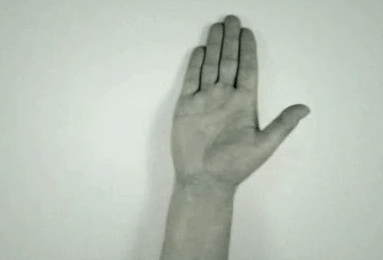


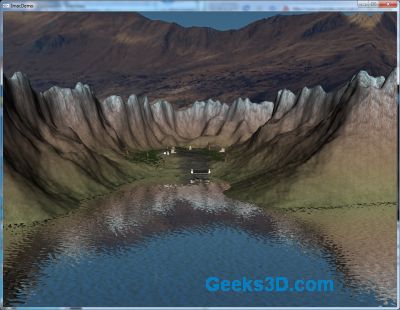


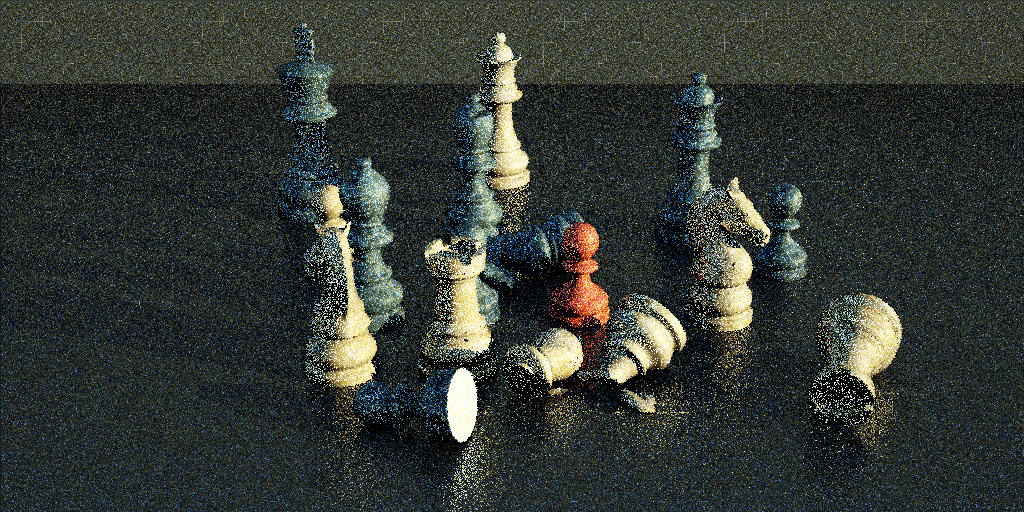
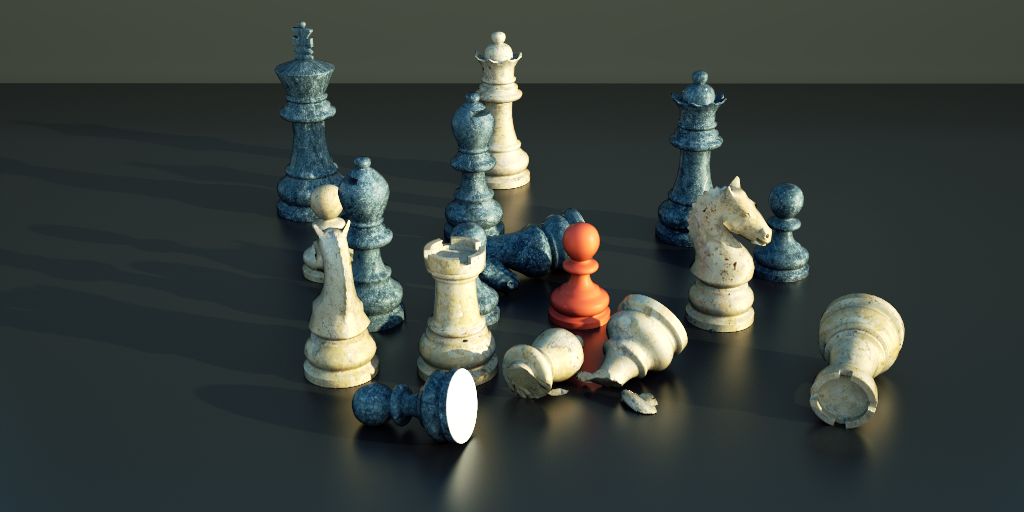
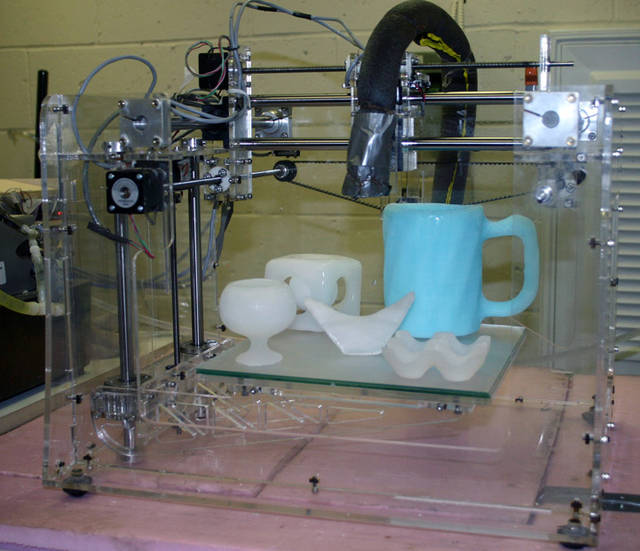
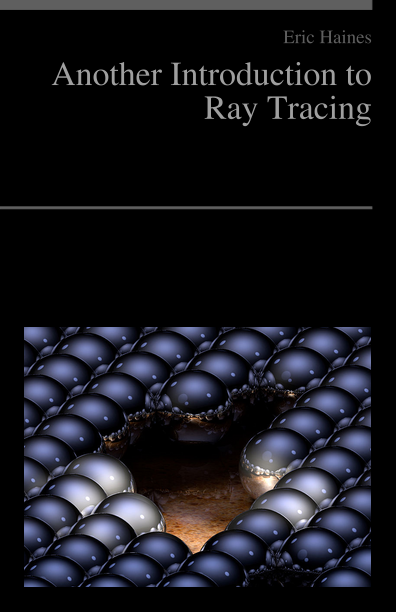 I was waiting around a bit for my younger son’s doctor’s appointment this morning, so I decided to edit a book. I finished it just now, it’s called
I was waiting around a bit for my younger son’s doctor’s appointment this morning, so I decided to edit a book. I finished it just now, it’s called